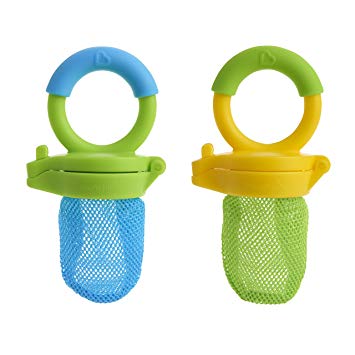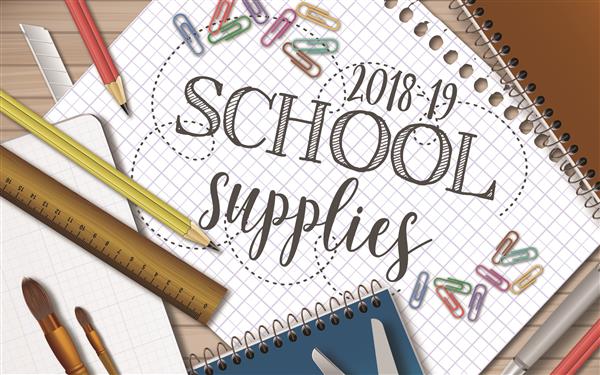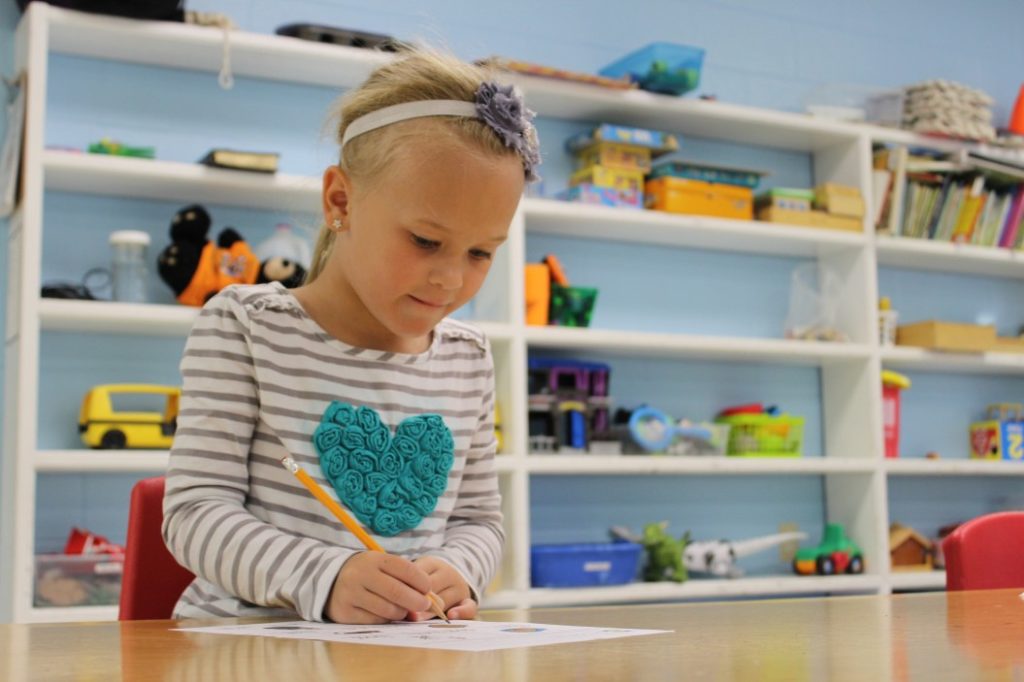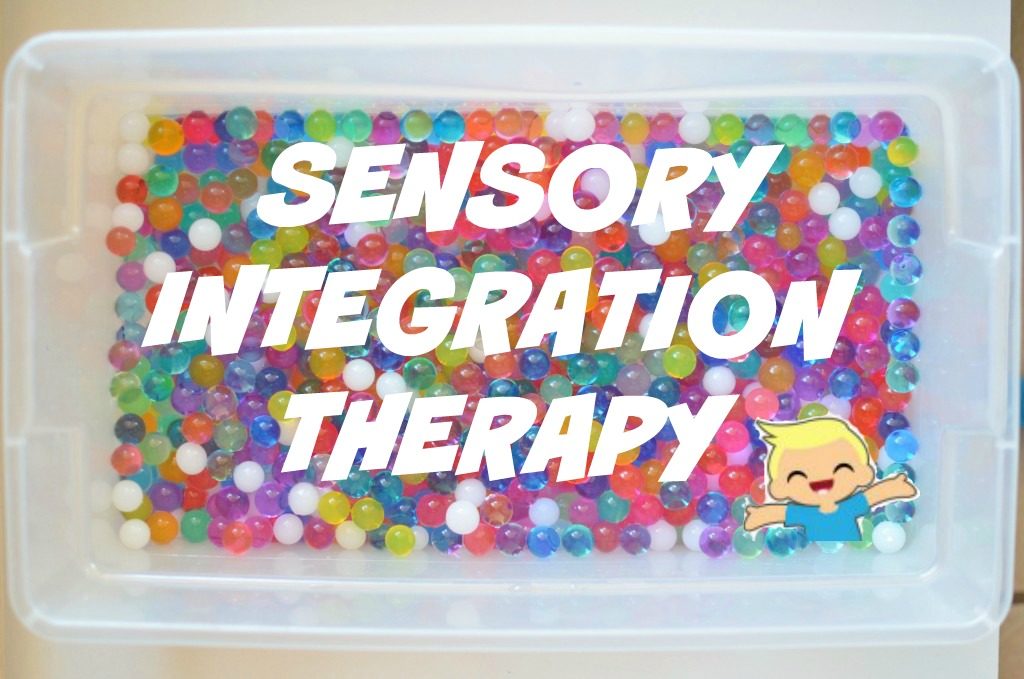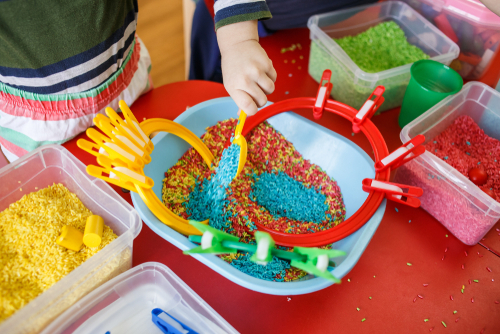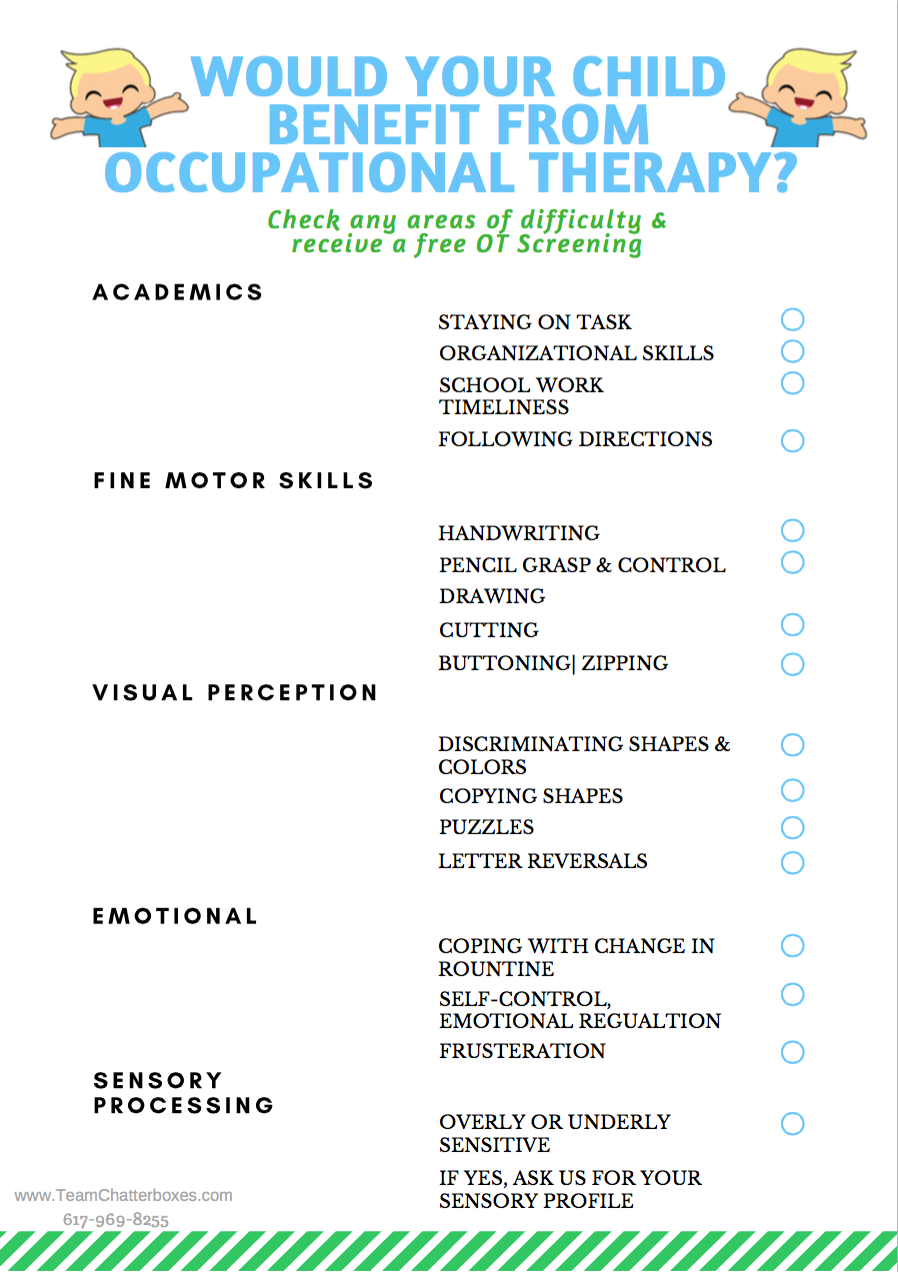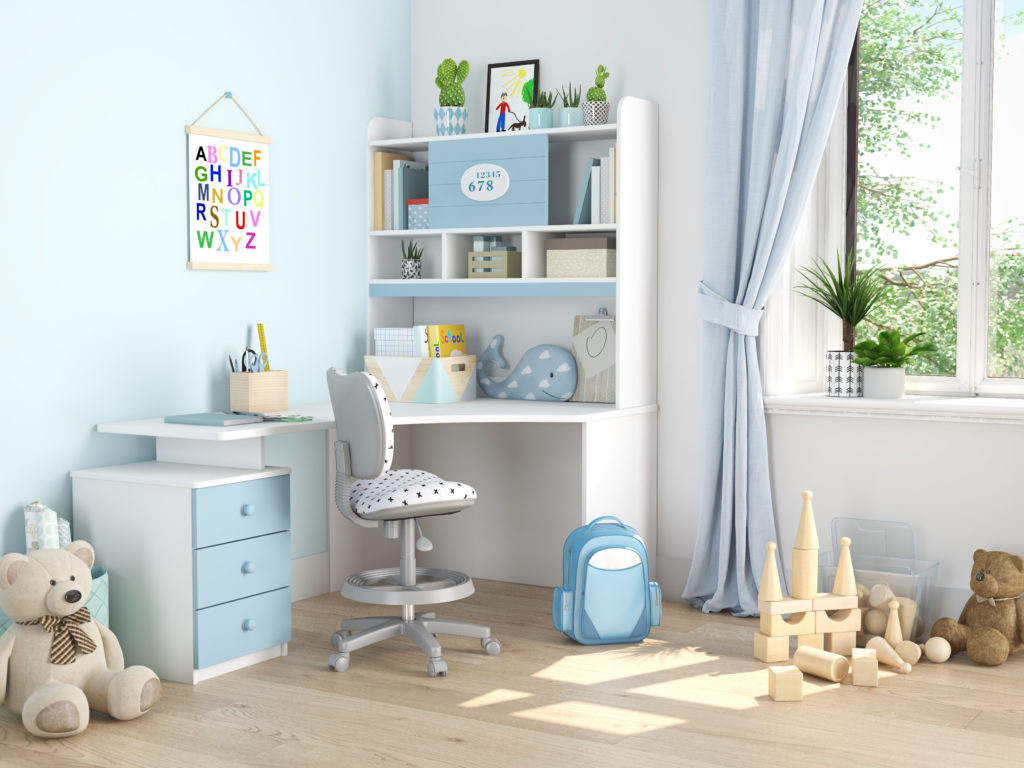
With schools temporarily closing and the recent transition to Distance Learning, it’s a challenging time for kids to maintain healthy routines that keep their brains 🧠 and bodies active! 🏃🏽♂️
Whether it’s targeting speech and articulation, early intervention, social pragmatics, fluency or language skills, Chatterboxes has you covered!
Our clinicians are available to provide Live Video Services during this time. Sessions are now enrolling for this week.
Our Live Video Platform allows our team of SLP’s and OT to provide face-to-face services through either a computer, iPad, or your mobile device. No additional technical set-up, knowledge or software or special downloads are required by the parent.
Here are some frequently asked questions about remote therapy sessions:
What are remote sessions?
Known as ‘Teletherapy,’ remote sessions are very similar to traditional face-to-face speech-language and occupational therapy sessions, but they are done with a computer or tablet device. Your clinician will implement your child’s current therapy plan with traditional activities, while innovative technology enhances therapy tasks to deliver high-quality services.
In addition, you will have the opportunity to take a more active role in your child’s therapeutic process.
What do remote sessions look like?

What do I need at home to make this successful?
A computer or iPad with a camera (or phone if you don’t have either of these) and an internet connection.
Through teletherapy we are able to increase accessibility of speech-language pathology services to children dealing with speech, language and feeding concerns.
How can I book a session?
Visit us online. Our homepage offers online booking. Choose your clinician, time and type of session (Speech or OT) www.TeamChatterboxes.com
Click: Request Appointment to book your session.
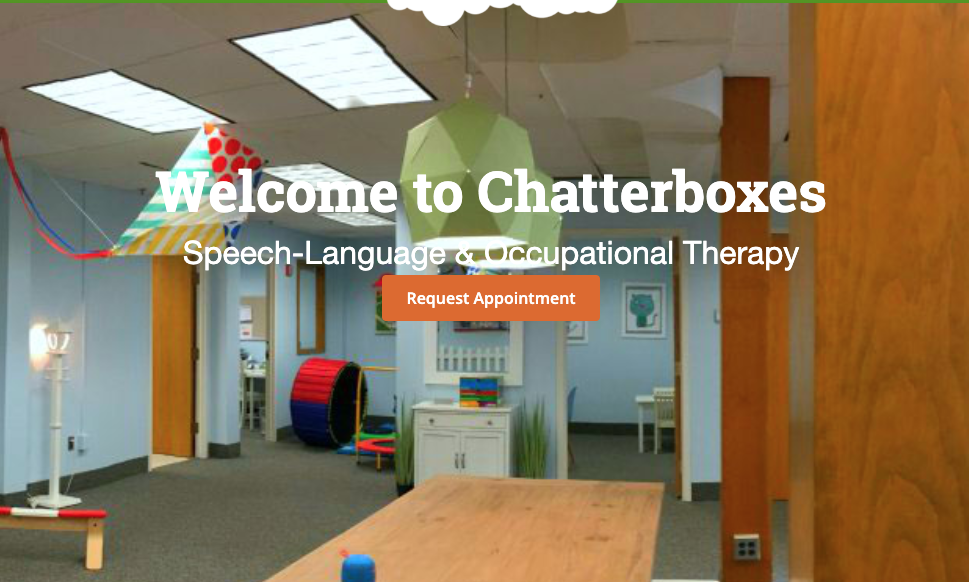
Questions? Or prefer to connect over the phone?
Contact Megan at 617-969-8255 or via email at megan@teamchatterboxes.com to schedule a complimentary phone consultation for your child today.




